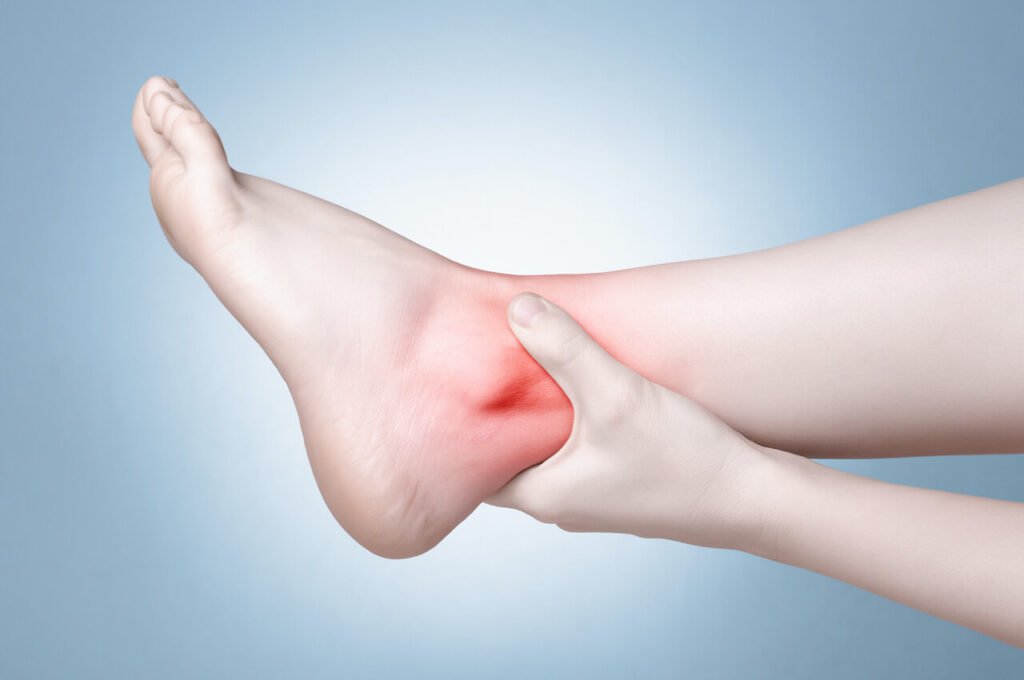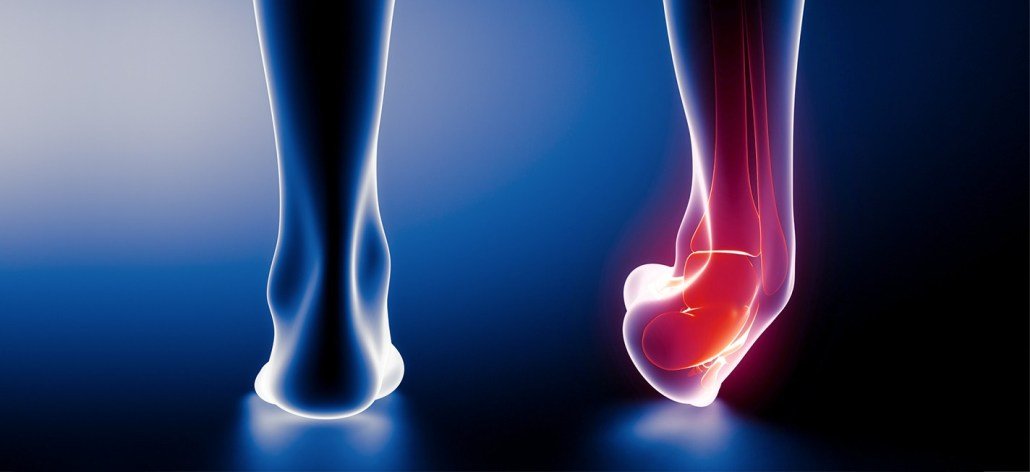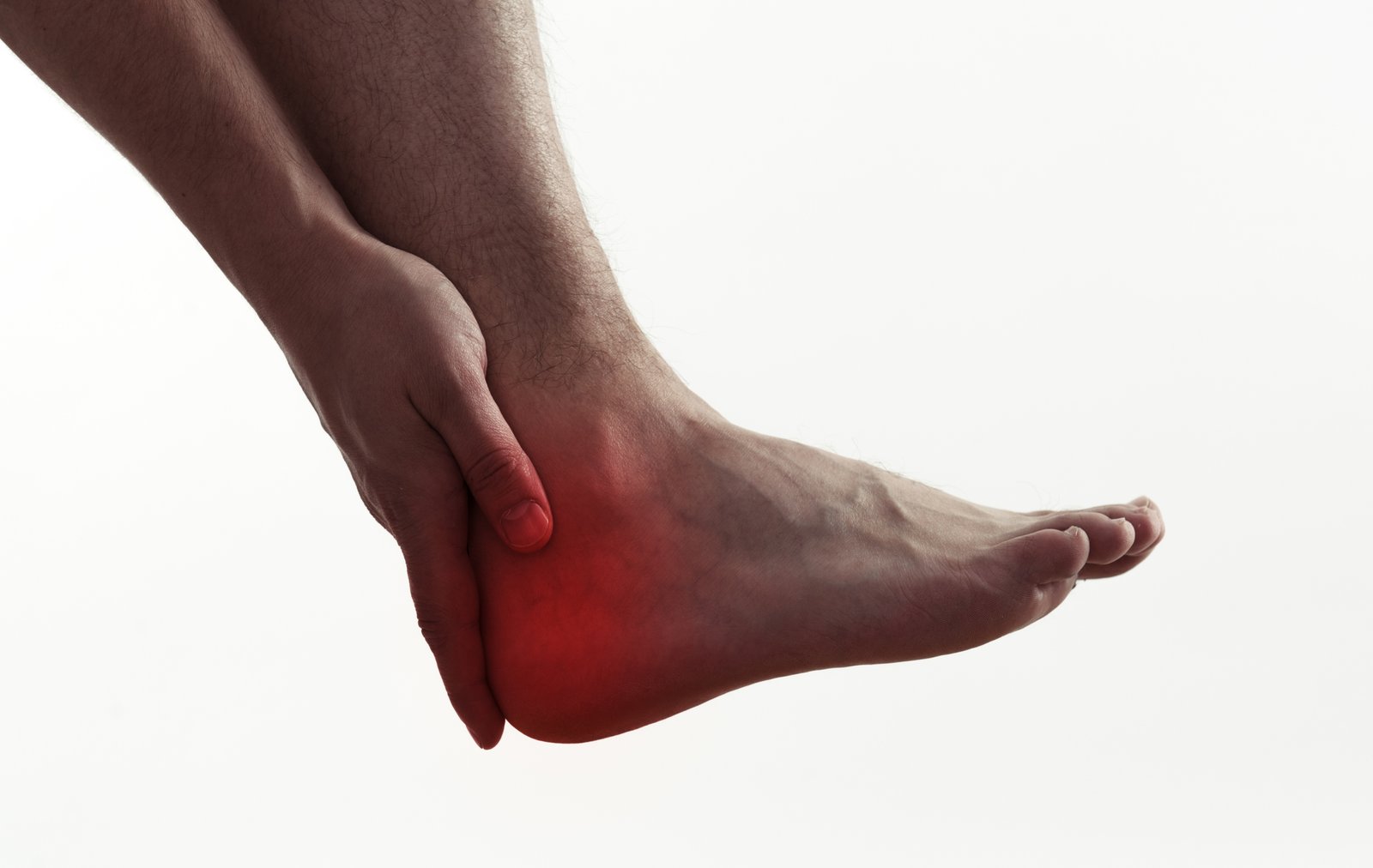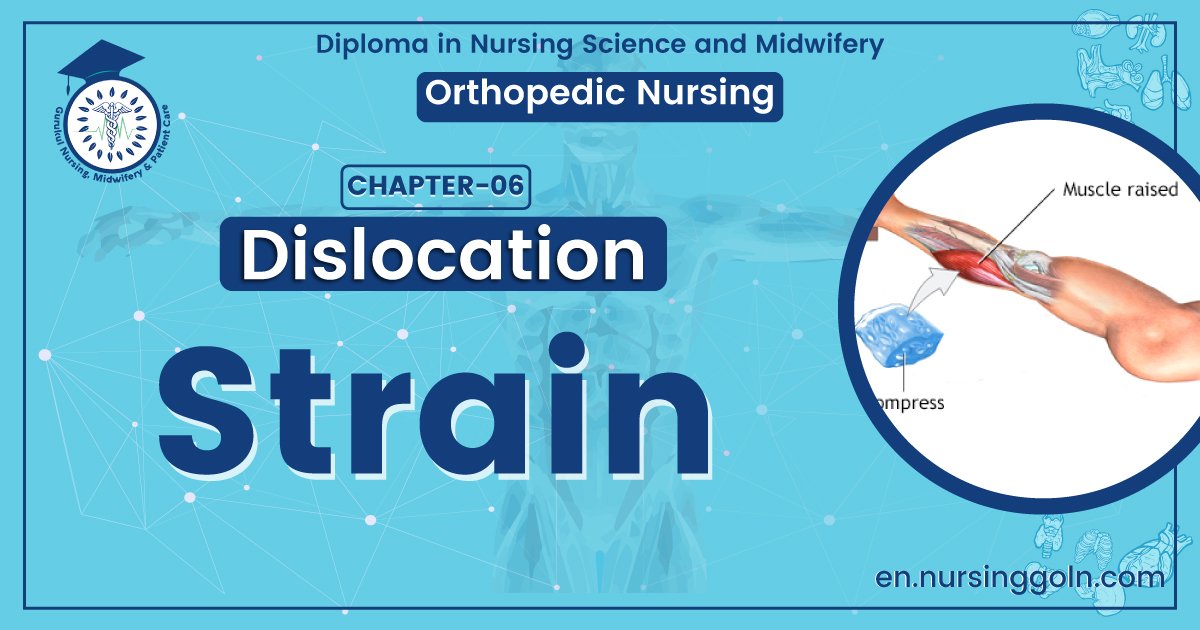Definition of strain – An orthopedic nurse is a nurse who specializes in treating patients with bone, limb, or musculoskeletal disorders. Nonetheless, because orthopedics and trauma typically follow one another, head injuries and infected wounds are frequently treated by orthopedic nurses.
Ensuring that patients receive the proper pre-and post-operative care following surgery is the responsibility of an orthopedic nurse. They play a critical role in the effort to return patients to baseline before admission. Early detection of complications following surgery, including sepsis, compartment syndrome, and site infections, falls under the purview of orthopedic nurses.
Definition of strain
A strain is an injury to the musculo tendinous structure surrounding a joint produced by an excessive force or stretching, which causes haemorrhage into the tissue.
[Ref-Lippincott, Adult Orthopedic Nursing, 1″ edition, Page-85]
Or
It is tear in the muscles and is more common in young athletes and it usually heal conservative methods.
[Ref-BT.Basavanthappa s “Orthopaedics for Nurses” 1″ edition page- 991]
Or
Injury to the muscle and tendons is called strains.
[Ref-John Ebnezar ‘s “Textbook of Orthopedics” 4th edition page-95]
Causes of strain: Usually sprains or strains are due to :
1) Sudden unaccustomed physical activity.
2) During sporting and athletic activities.
3) Twisting injury as in the ankle sprains while getting down the stair case.
4) Due to sudden slip and fall.
5) Due to direct blow as in RTAs, fall, assault, etc.
[Ref-John Ebnezar’s “Orthopaedics for Nurses” 4″ edition page-951]

Types of strains:
A) On the basis of duration:
1) Acute strain: This is due to sudden violent force or direct trauma.
2) Chronic strain: This is due to injury existing since a long period loading to muscle ischemia and fibrosis.
B) On the basis of severity:
1) Grade I strain
2) Grade II strain.jhali
3) Grade III strain. capslea
[Ref-John Ebnezar’s “Orthopaedics for Nurses” 4″ edition page-95]
Clinical features of strain:
1) Localized pain and tenderness
2) Muscle spasms.
3) Patients is unable to move the limb.
4) Palpable gap may be felt by
6) Intramuscular bleeding.
[Ref-John Ebnezar’s “Orthopaedics for Nurses” 4th edition page-95,96]
Emergency management of strains patients:
1) Wrap the injured part with ice packs or cold water bags.
2) Splinting the injured part with whatever material is available at hand.
3) Compression of the area with elastic bandage.
4) Elevate the injured part.
5) Administer painkiller tablet or injection with gastric tablet.
6) Arrange to shift patient to tient to the hospital for definitive care.
[Ref-BT.Basavanthappa’s “Orthopaedics for Nurses” 1″ edition page-991]

Management a case of strains patients in ward:
A) For first 24 hours:
1) Immediate application of ice (Cryotherapy).
2) Compression bandage.
3) Limb elevation.
4) Limb immobilized by splints.
5) Isometrics exercise to the muscle, which are immobilized.
6) Active exercise to unaffected joints.
7) Pulsed electromagnetic field therapy (PEMF).
8) Is known to help.
9) No active movement of affected muscles.
B) For next 24-48 hours:
1) Pressure bandage are removed and active muscle exercise are begun.
2) Stretching within the limits of pain is commenced.
3) Thermotherapy: Ultrasound, short wave diathermy and TENs help to relieve pain.
4) Non weight bearing on crutches is slowly sterted.
C) After 72 hours:
2) Progressive resisted exercise using the fowlers technique by taking out 10-12 repetition maximum, is practiced.
1) Pressure bandage is totally removed.
3) Full weight bearing should be permitted in injuries of the lower limb. 4) After full movement is regained the patient is allowed to walk and jog.
5) Full functional activity should be regained by 4-6 weeks.
(Ref-John Ebnezar’s “Orthopaedics for Nurses” 4th edition page-95)

Elastocrepe bandage (EC) in the management of strain or sprain patients :
1. Choose the correct size of elastocrepe bandage, preferably 4 inch for upper limb and 6 inches for the lower limb.
2. Apply bandage in a such a way that the part affected is in the center with adequate proximal and distal extension.
3. Ensure there is 50%-70% overlap with each other.
4. Instruct the patient to apply it with moderate force and it should be neither too tight or too loose.
5. Elastocrepe (EC) bandage should be removed while going to the toilet, taking bath and during sleep.
6. if there is distal limb edema or if there is tingling and numbness,immediately release the bandage.
7. Elastocrepe (EC) bandage should be just washed, rinsed and dried but it should never ironed.
8. Do not forget to tell the patients:
a) Do not use an EC bandage if it has lost its elasticity,
b) Do not use an EC bandage if it is stained with blood or pus and is wet.
c) Do not use somebody else EC bandage it may cause skin allergy or infection.
[Ref-BT.Basavanthappa s “Orthopaedics for Nurses” 1st edition page-101]

Definition of Ligament: In anatomy, a ligament is the fibrous connective tissue that connects bones to other bones and is also known as articular ligament, articular larua, fibrous ligament, or true ligament.
Definition of Tendon: A tendon or sinew is a tough band of fibrous connective tissue that usually connects muscle to bone and is capable of withstanding tension.
Read more:
